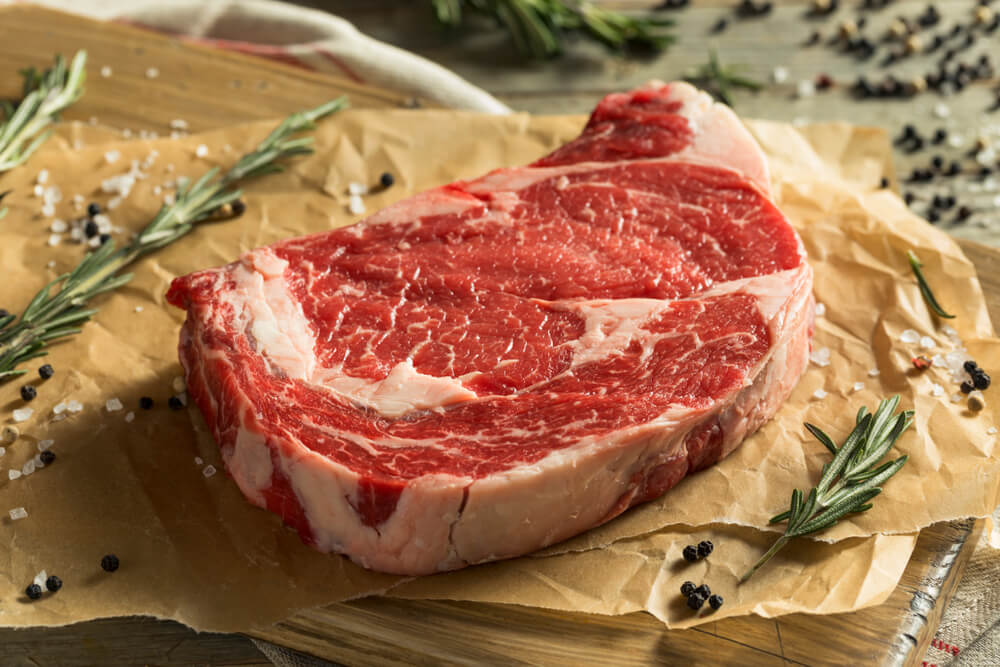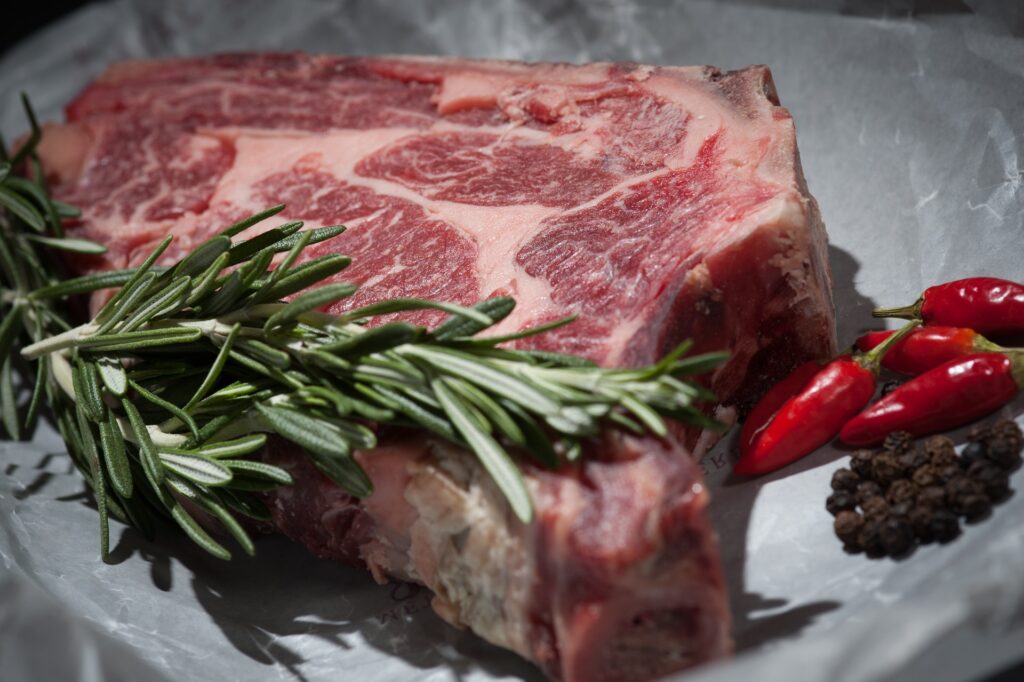Steak is one of the most popular dishes at fine dining restaurants. It is considered by many a delicacy – a luxury that we use to treat ourselves. With steak houses growing in number, it is very easy to see why some restaurants specialise their menus around this culinary delight.
Steaks are normally the pricer option on the menu, but this shouldn’t deter you. Packed with protein, amino acids and B vitamins, it is a nutritious choice and no one can argue with its taste.
Sadly, there is a lot of confusion around the different steak cuts and those that aren’t in the know are missing out on all that steaks have to offer.
This two-part article will bridge this gap of knowledge so you can enjoy the highest quality steaks in the comfort of your own home. And, best of all, you can do so at the fraction of the price that a restaurant would charge you.
Don’t worry, there will be no sacrifice in deliciousness because this article will provide some cooking tips that will help you create a flavourful tidal wave with every bite, so relax and let’s get learning.
All of the steaks listed on this page are available at Halal Origins website, only our steaks are organic for extra quality and flavour.
Fillet Mignon
This steak is made from the tenderloin of the cow, which runs along its spine. It is one of the most expensive cuts of meat and for a good reason – it is tender. This steak option absorbs flavour from sauces very well and does not require tenderising.
A very popular choice that won’t leave you disappointed.
Cooking Tips: This cut has virtually no fat and cooks very quickly, so be careful not to overcook it. It is best cooked on very high heat for a short amount of time, just until it is medium-rare. Add salt, pepper, and any of your favourite herbs and sauces.
Strip
Also known as the New York (NY) strip and very popular in American diner-themed restaurants, the strip is a very flavoursome steak option. It comes from the short loin of the cow and boasts more flavour than the tenderloin (fillet mignon), but less fat than the ribeye. If that doesn’t scream guilty pleasure, nothing will.
It is not the cheapest cut, but you won’t be complaining once you’ve taken your first bite.
Cooking tips: This steak is generally preferred in the medium-rare or medium-cooked range. It is best cooked on dry heat using a grill or cast iron pan. That requires high heat and a fairly short cooking time. Make sure the pan is already piping hot before you place the steak down. A pinch of salt and pepper adds to the flavour, but be scarce because you don’t want to detract from the steak’s natural flavour.
Ribeye
This is one of the most popular dishes on any menu. The ribeye is the juiciest of all steaks. It comes from the rib section of the cow, which makes it a little chewier, but is full of flavour owing to its fatty marble content. More flavoursome than the mignon, its slightly firmer texture will not undermine the rich flavour that pours from this meat choice.
Always go for visible marble (fat) options when buying ribeye steak.

Tips for cooking: The vast inter-muscular fat literally gives you some cushioning when cooking this steak; that is to say, if you overcook it slightly, it will still be very juicy and packed with flavour. As with the strip, this steak is best cooked on dry heat using a cast iron pan or grill. High temperatures work best. It will require a slightly longer cooking time because of the chewy nature and high-fat content, but a medium cook with a slightly rare tone is often preferred. This steak goes very well with pepper flavours and sauces, but be careful not to mask the natural beefy delight that comes with this steak.
Rump Steak
Also called the round steak because it comes from the cow’s hind, which makes it a tougher cut of meat, but don’t be deterred. The rump steak is often referred to as the poor man’s ribeye because it is a cheaper alternative, but it is still full of flavour. If tenderised and cooked properly the rump steak is a great option that will still leave your mouth watering for more.
Cooking tips: For best results, we recommend tenderising this steak for 3-4 hours before cooking. You can do this by adding your favourite marinade. Add your rump to a hot iron pan and cook until it is cooked to your desired level of browning. We recommend making a few incisions to allow the heat to pass through the meat and to cook it through. Make sure not to overcook it and let it sit for 15 minutes afterwards to absorb the juices from cooking.
T-Bone Steak
The T-bone steak is somewhat infamous in American diners and speciality steak houses. It is in many respects considered the daddy of all steaks. Packed full of flavour and on the bone, it is impressive to the eye and more impressive on the tongue.
The T-bone is generally cut from the cross-section of the strip and tenderloin, so you get the best of both. The porterhouse, which is a similar cut, comes from the back of the loin and contains more of the fillet mignon than the t-bone. These steaks are like tag-team partners – you just can’t choose between them.
While the T-bone and porterhouse are more expensive than your everyday cuts, they are certainly worth reaching for if you fancy treating yourself.
Cooking tips: cook these steaks over a heated cast iron pan using dry heat at a high temperature. Being a thicker steak it is important to ensure it is cooked properly. Using a thermometer is useful if you have one. Alternatively, make incisions into the meat, or cut adjacent to the bone to detach it so that heat can pass through. You can always put the bone back in place for aesthetics after you are finished cooking. This steak is generally preferred as medium-rare or medium cooked with a hint of rare. This delicious steak packs so much flavour that you need only a sprinkle of salt and pepper.
This concludes part one of our steak guide. Stay tuned for part two. We hope that you would have tried at least one of the steaks on this page before we publish the second part of the guide.
In case you are wondering, you have about 7 days, so waste no time and check out Halal Origin’s steak page. All of our beef is certified organic and halal. If you order today before 3 pm, you can feast on any of these delicious steaks tomorrow.
Happy eating!

